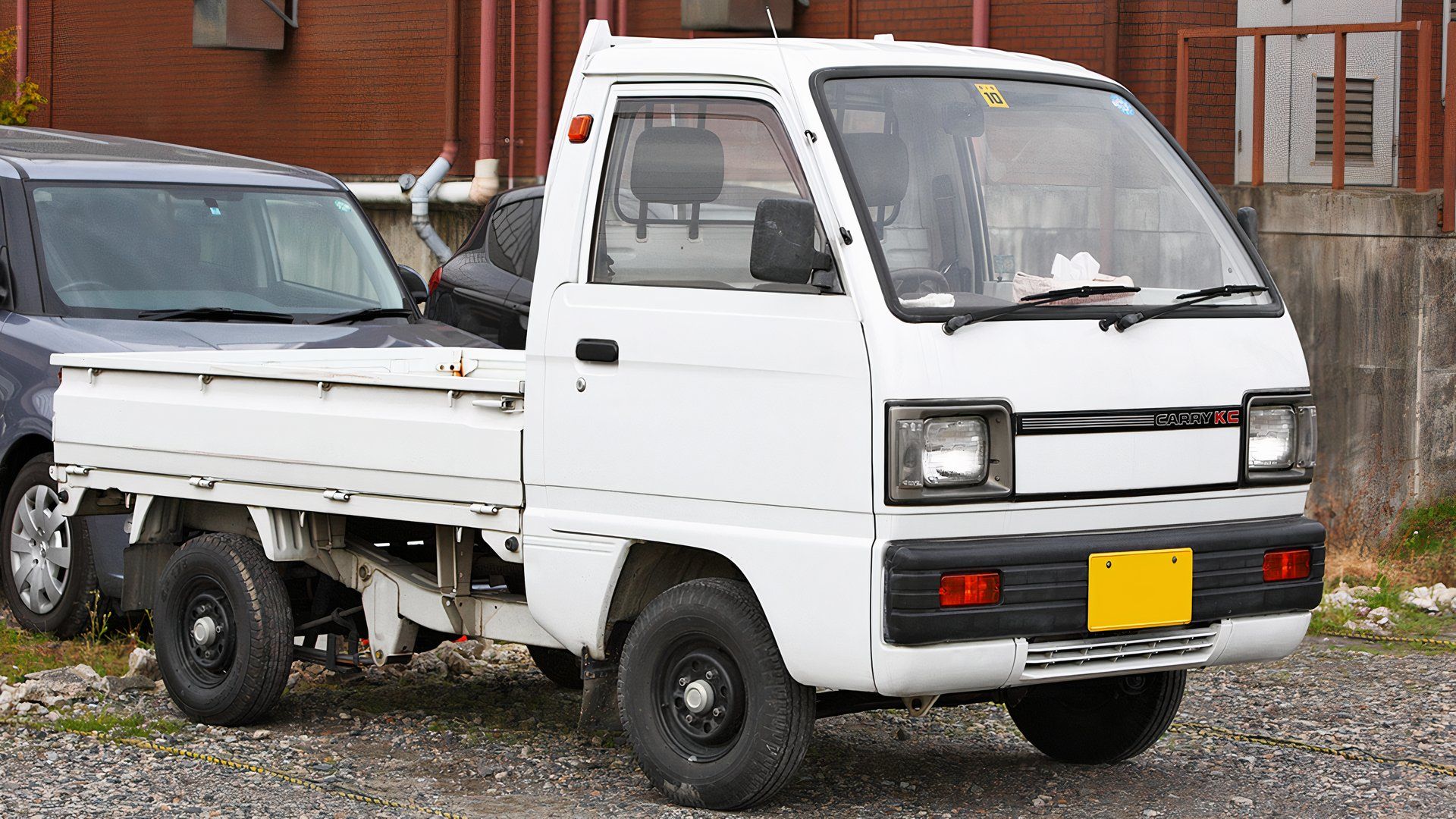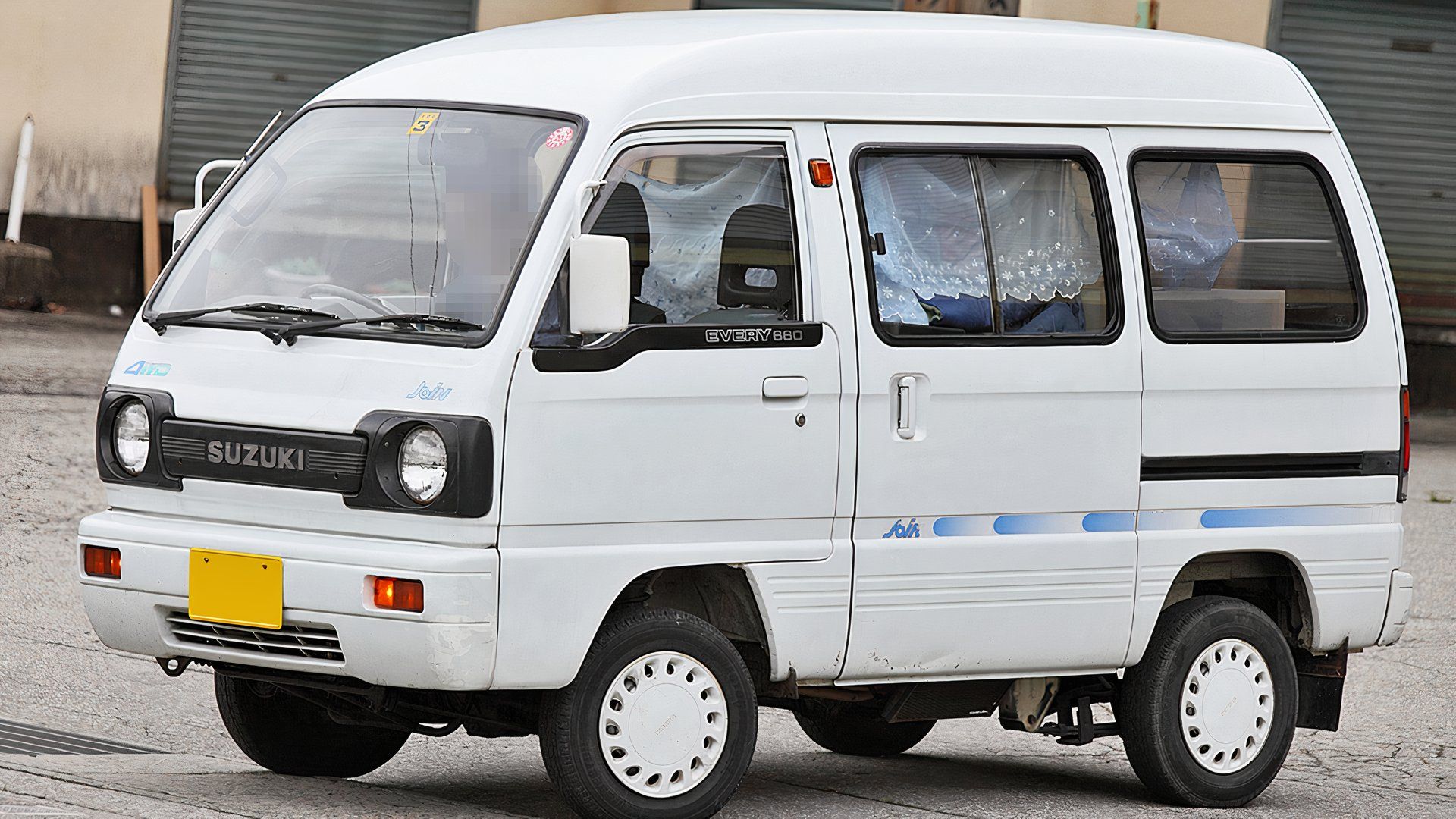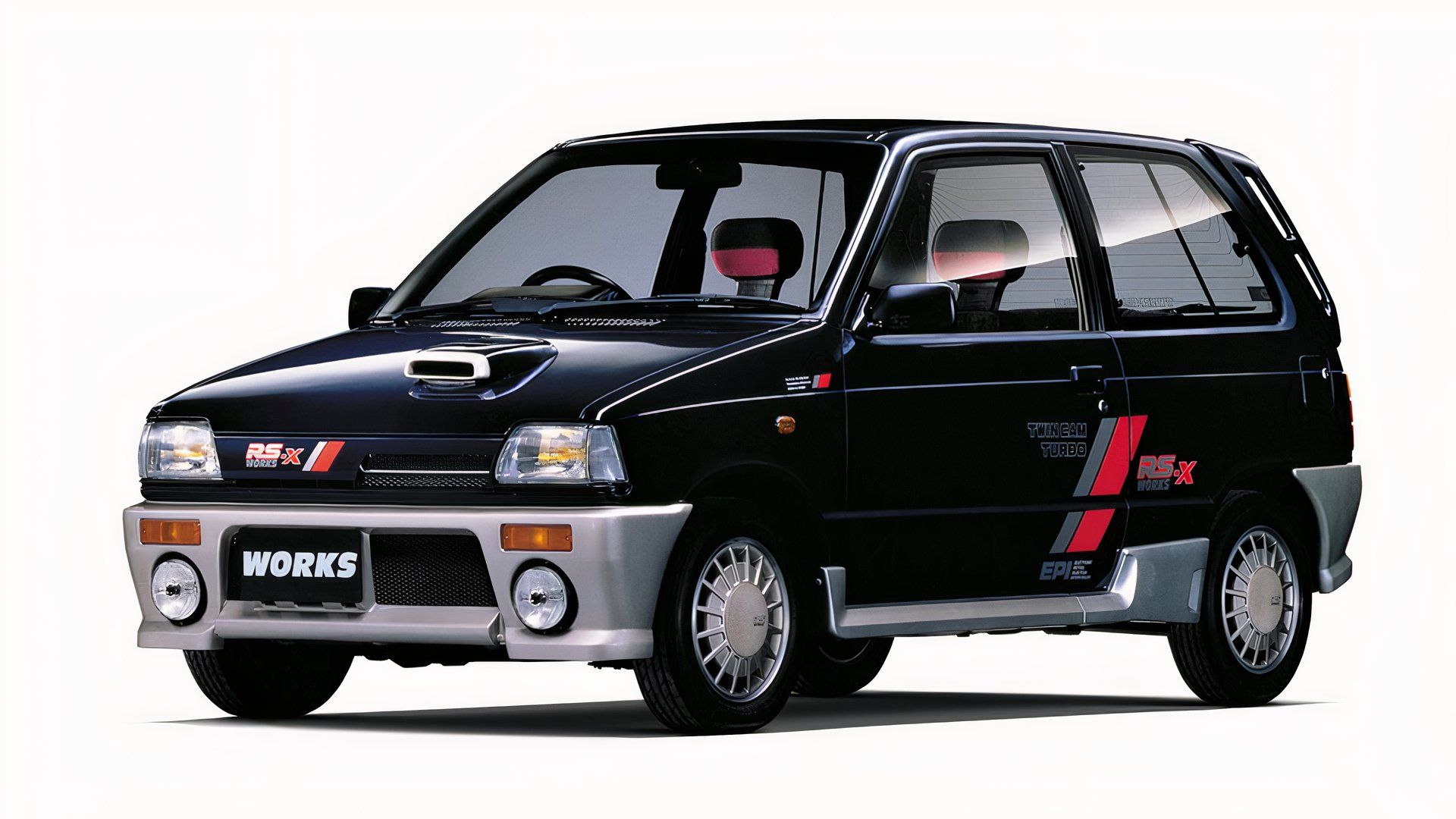In 1992, the Kyoto Protocol encouraged countries to reduce vehicle emissions to help fight climate change. This push led to a rapid adoption of turbocharged engines, which allowed carmakers to reduce engine sizes without sacrificing power.
Turbocharging wasn’t new at that time. The concept of forced induction dates back to 1878, and by 1905, Swiss engineer Alfred Büchi had created the first turbocharger. While truck makers in Switzerland helped develop this technology, car manufacturers didn’t start using it widely until the 1960s, with a big surge in the 1980s.

Interestingly, one of the smallest turbocharged engines ever came from Daimler-Benz, a company with roots in turbocharging history. However, the absolute smallest turbo engine came from Suzuki, a Japanese company known for its small, efficient engines.
The Suzuki Alto Works: The Smallest Turbocharged Engine
Japanese cars, especially those built for their domestic market, often use small turbocharged engines. In Japan, engine size is taxed, and buyers need proof of a parking space to own a car, which makes small cars, or kei cars, very popular. These tiny hatchbacks don’t need large engines, but a turbocharger gives them just enough power to perform well in city traffic.
One example is the 1988 Suzuki Alto Works, which featured the smallest turbocharged car engine ever—a 543-cc turbocharged three-cylinder engine, known as the F5A. This little engine produced between 43 and 47 horsepower and around 44 to 47 lb-ft of torque. Despite its small size, the engine was used in several Suzuki models from 1985 to 1989, showing just how versatile it was.
Suzuki has a long history of making small, turbocharged engines. The F-Series of engines powered many of Suzuki’s cars and other vehicles in Southeast Asia. These engines, with displacements ranging from just over half a liter to a full liter, were used in both three- and four-cylinder configurations. Suzuki even experimented with supercharging in some models. The last F-Series engine, an 796-cc naturally aspirated three-cylinder, was used in the 2022 Suzuki Alto.
Smart’s Tiny Turbocharged Engines
Another tiny turbocharged engine came from the Smart City-Coupe, introduced in 1998. This small two-seat car was powered by a 599-cc three-cylinder turbocharged engine, developed by Mercedes-Benz. It produced between 44 and 54 horsepower, depending on the version, and was paired with a six-speed automated manual transmission.

Like the Suzuki Alto, the Smart car’s turbocharged engine wasn’t about high performance but about improving fuel efficiency and reducing emissions. The Smart car, weighing just over 1,500 pounds, didn’t need much power to move. The tiny turbocharged engine provided just enough power to make it efficient in city driving.
When Smart started selling cars in North America, the original 599-cc engine was replaced with a slightly larger 799-cc turbo diesel engine, which made 40 horsepower and 74 lb-ft of torque.
However, by 2008, Smart cars in North America were powered by a 1.0-liter turbocharged three-cylinder engine, as the diesel version no longer met Canadian regulations. Unfortunately, Smart cars are no longer sold in the U.S.

